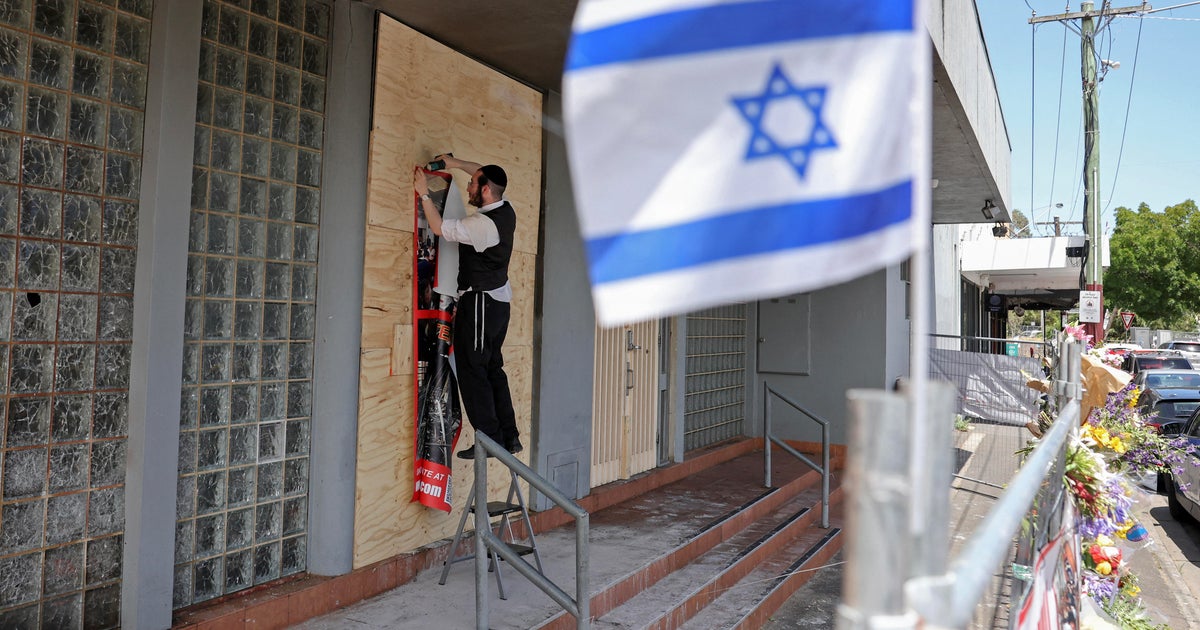Israel may uproot ancient Christian mosaic. Where it could go next is sparking an outcry.
An ancient Christian mosaic bearing an early reference to Jesus as God is at the center of a controversy that has riled archaeologists: Should the centuries-old decorated floor, which is near what's believed to be the site of the prophesied Armageddon, be uprooted and loaned to a U.S. museum that 's been criticized for past acquisition practices?
Israeli officials are considering just that. The proposed loan to the Museum of the Bible in Washington also underscores the deepening ties between Israel and evangelical Christians in the U.S, whom Israel has come to count on for political support, tourism dollars and other benefits.
The Megiddo Mosaic is from what's believed to be the world's earliest Christian prayer hall, which was located in a Roman-era village in northern Israel. It was discovered by Israeli archaeologists in 2005 during a salvage excavation conducted as part of the planned expansion of an Israeli prison.
The prison sits at a historic crossroads a mile south of Tel Megiddo on the cusp of the wide, flat Jezreel Valley. Across a field strewn with cow-dung and potsherds, the palm-crowned site of a Bronze and Iron Age city and ancient battles is where some Christians believe a conclusive battle between good and evil will transpire at the end of days: Armageddon.
For some Christians, particularly evangelicals, this will be the backdrop of the long-anticipated climax at the Second Coming, when divine wrath will obliterate those who oppose God's kingdom; it serves as the focus of their hopes for ultimate justice.
The Israel Antiquities Authority said it will decide about the move in coming weeks, following consultations with an advisory body.
Several archaeologists and academics have voiced vociferous objections to the notion of removing the Megiddo Mosaic from where it was found - and all the more so to exhibit it at the Museum of the Bible.
Cavan Concannon, a religion professor at the University of Southern California, said the museum acts as a "right-wing Christian nationalist Bible machine" with links to "other institutions that promote white evangelical, Christian nationalism, Christian Zionist forms."
"My worry is that this mosaic will lose its actual historical context and be given an ideological context that continues to help the museum tell its story," he said.
Others balk at the thought of moving the mosaic at all before academic study is complete.
"It is seriously premature to move that mosaic," said Matthew Adams, director of the Center for the Mediterranean World, an non-profit archaeological research institute, who is involved in digs at Tel Megiddo and the abutting Roman legionary camp of Legio.
Asked about criticisms of the Washington museum's practices, Kloha said, "Major museums and distinguished institutions committed to preserving history have had to grapple with cultural heritage issues, particularly in recent years."
Based on other finds from the dig and the style of the letters in the inscriptions, IAA archaeologists have dated the mosaic floor to the third century - before the Roman Empire officially converted to Christianity and when adherents were still persecuted.






